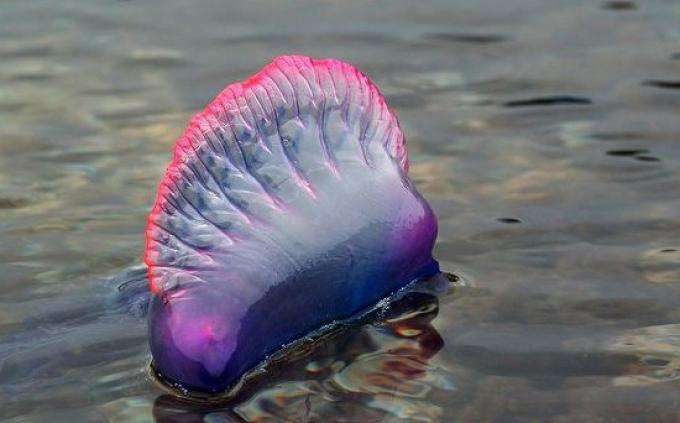Dispersal key for understanding marine biodiversity

Dispersal plays a key role to connect populations, and contrastingly, its moderate limitation is one of the main processes to maintain species coexistence and promote regional biodiversity. A study recently published in Scientific Reports has explored whether neutral theory predictions with respect to marine biological connectivity are correct or not.
Under the assumptions of Stephen P. Hubbell's neutral theory of biodiversity and Motoo Kimura's neutral theory of molecular evolution, dispersal limitation and demographic changes in populations due to chance (stochasticity) determine genetic and ecology drift, respectively. So these processes would shape not only the genetic structure of the populations within the space, but also the structure of communities and their spatial beta-diversity patterns. These aspects compared have scarcely been explored empirically in the marine ecosystem, in particular.
In a recent study published in Scientific Reports, a team comprising 17 scientists from 14 centres and led by the Spanish R&D centre AZTI have gathered large data sets on the genetic structure of populations (98 benthic macroinvertebrate species and 35 plankton species) and biogeographical data (2,193 benthic macroinvertebrate species and 734 plankton species) with the aim of confirming the predictions of the Hubbell and Kimura theories in marine biological connectivity.
"Better understanding the regional patterns of the populations and communities are essential aspects in protecting and managing marine biodiversity," explained Guillem Chust, an AZTI researcher. "With these data and based on the genetic differentiations relative to geographical distance and the diversity of species that comprise a community, we have been able to estimate the dispersal distances."
The most significant result found by this research team stems from the fact that "the estimated dispersal distances ranked the biological groups in the same order at both genetic and community levels, as predicted by organism dispersal ability and seascape connectivity, as predicted by the type of dispersal and the connectivity of the seascape it inhabits," stressed Chust.
Specifically, according to the results of the research, in the species that inhabit or are found associated with sediment (macrobenthos) and whose larvae are not dispersed in the plankton display shorter dispersal distances than those whose larvae are dispersed in the plankton. Likewise, both groups displayed smaller dispersal scales than the plankton species (including phyto- and zoo-plankton). This range of dispersion scales is associated with the limitations of movement by the macrobenthos on the seabed, compared with the pelagic habitat where the plankton populations are more connected through the marine currents owing to passive dispersal.
These results show that "the limitation in the dispersal of individuals similarly determines the degree of connectivity not only of species between communities but also of the genes in the subpopulations of the same species, thus supporting the predictions of the neutral theories in marine biodiversity patterns," says the AZTI researcher. "Dispersal therefore emerges as a key element in generating biogeographical distribution patterns above other processes also involved, such as environmental differentiation by ecological niche and speciation through natural selection," he concluded.
More information: Guillem Chust et al. Dispersal similarly shapes both population genetics and community patterns in the marine realm, Scientific Reports (2016). DOI: 10.1038/srep28730
Journal information: Scientific Reports
Provided by Elhuyar Fundazioa



















